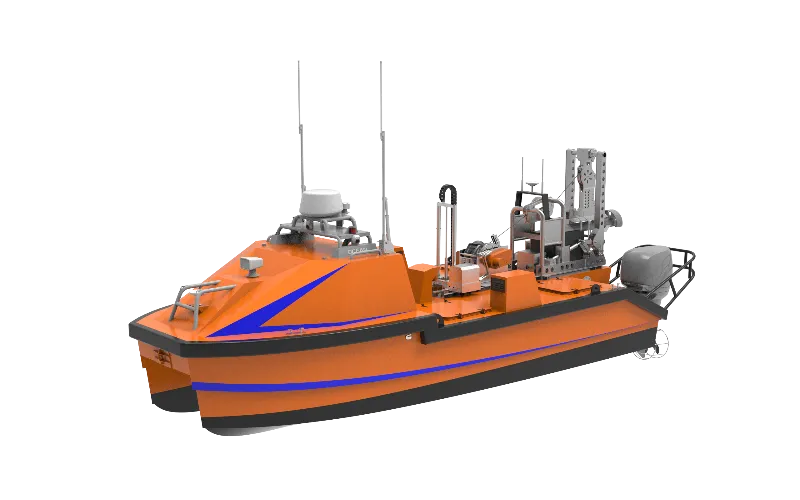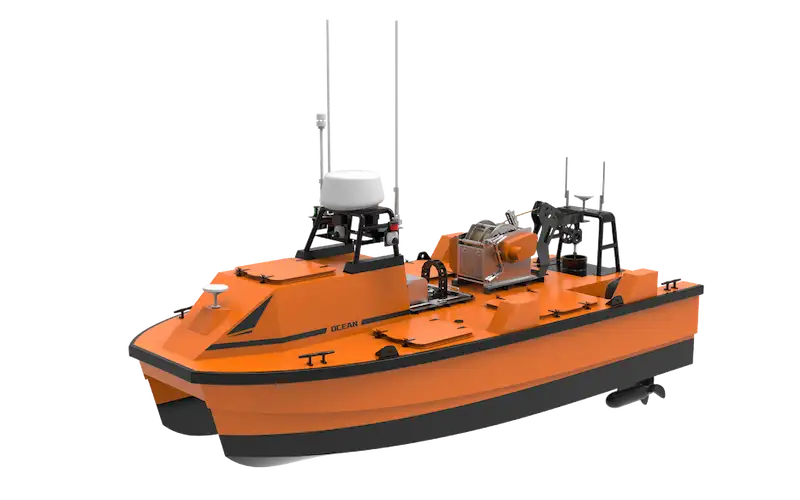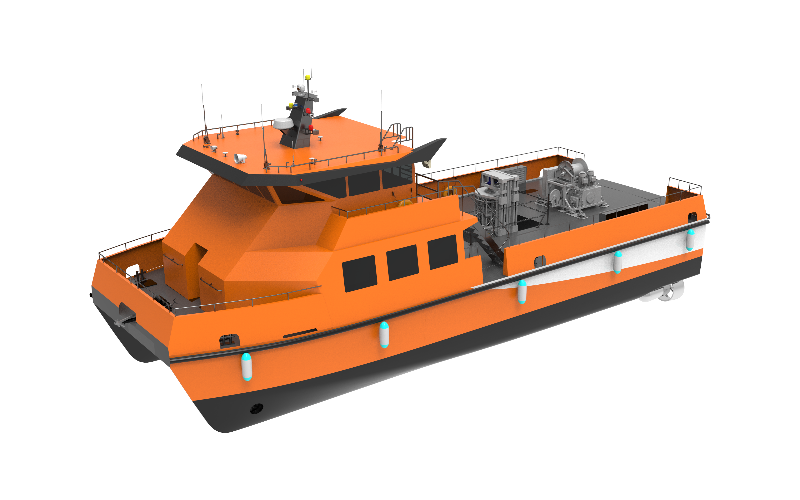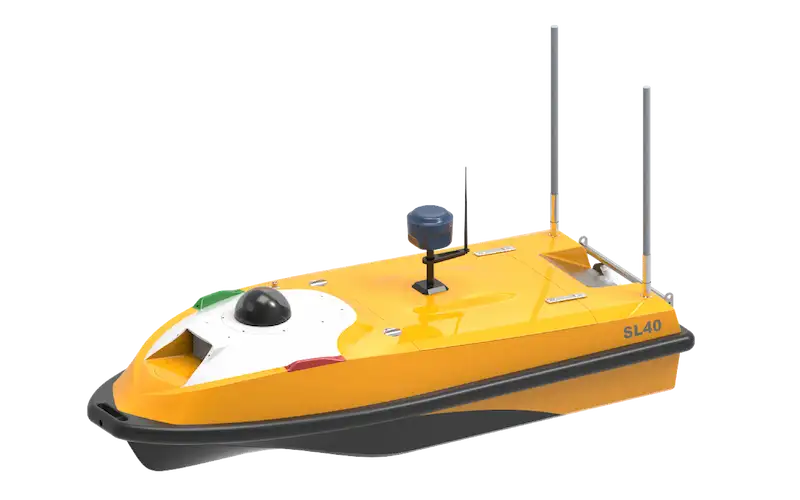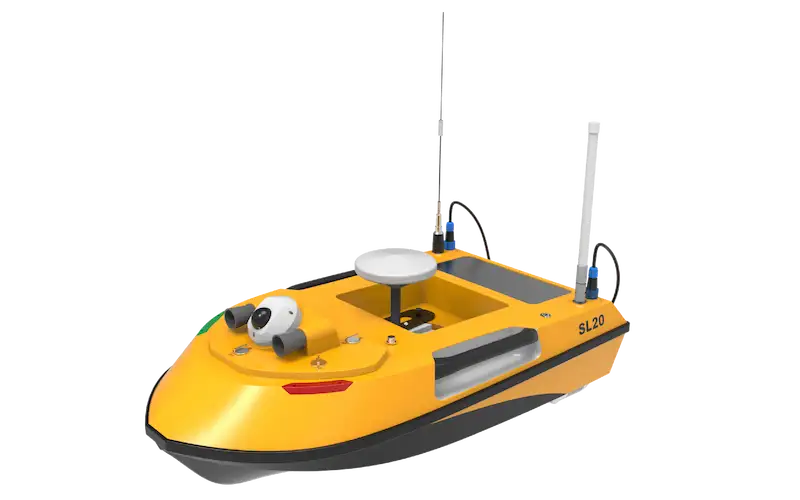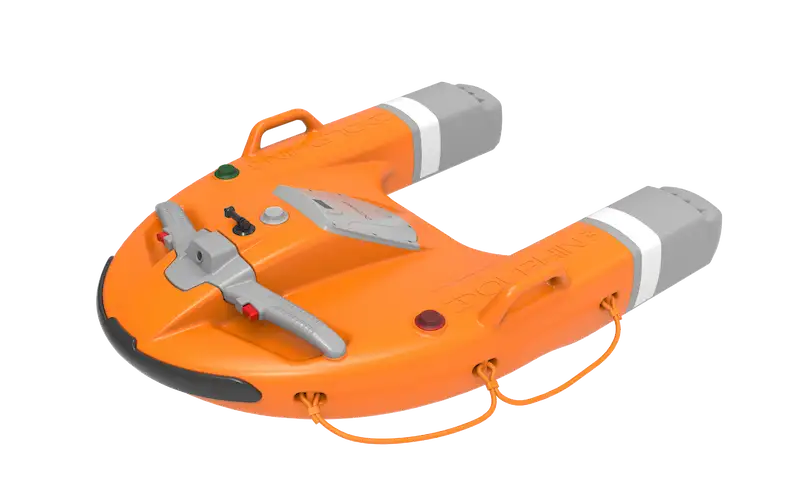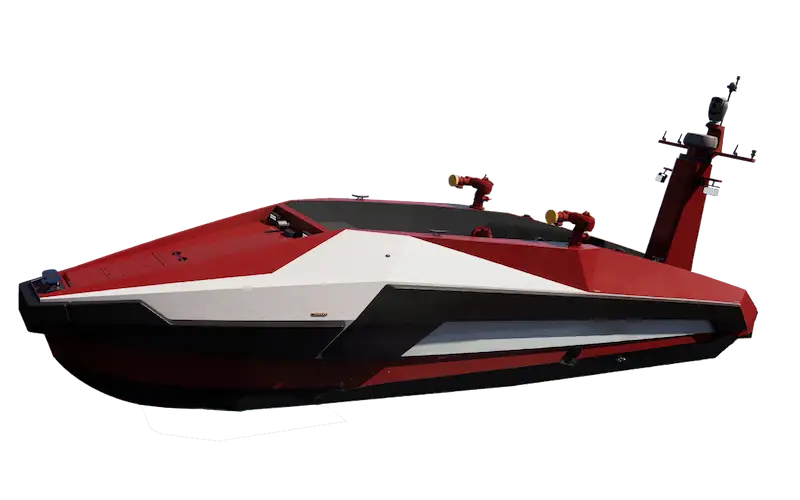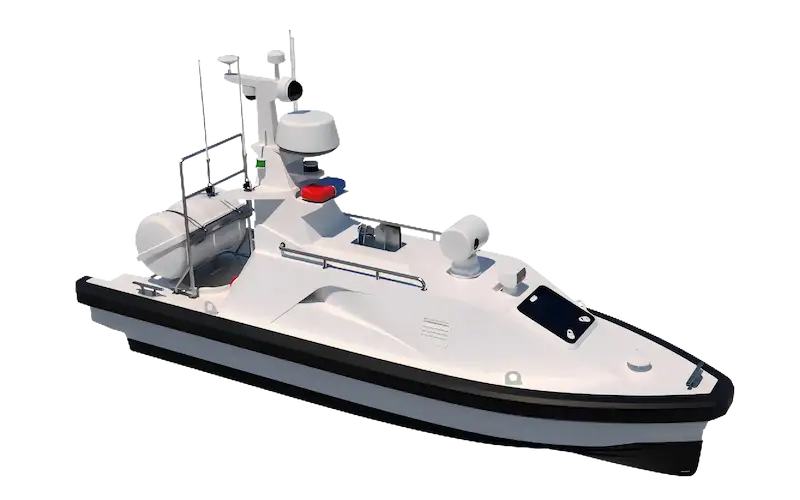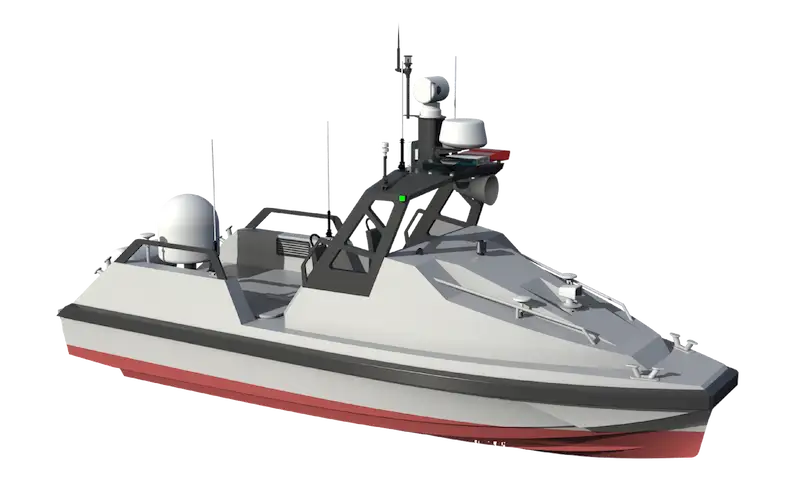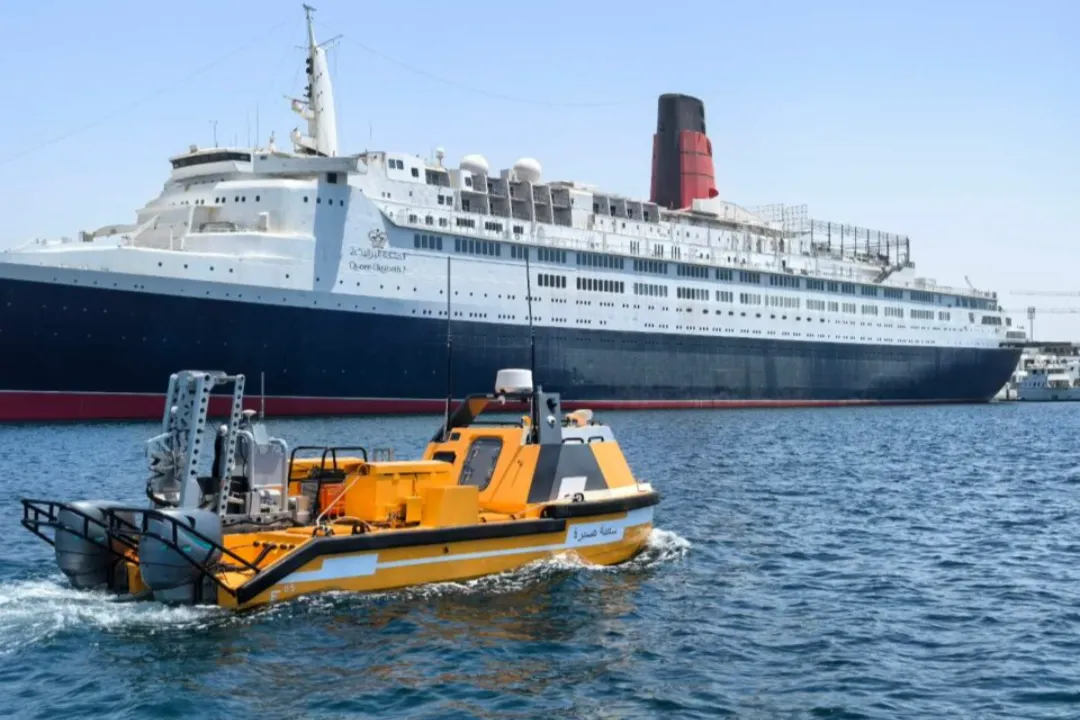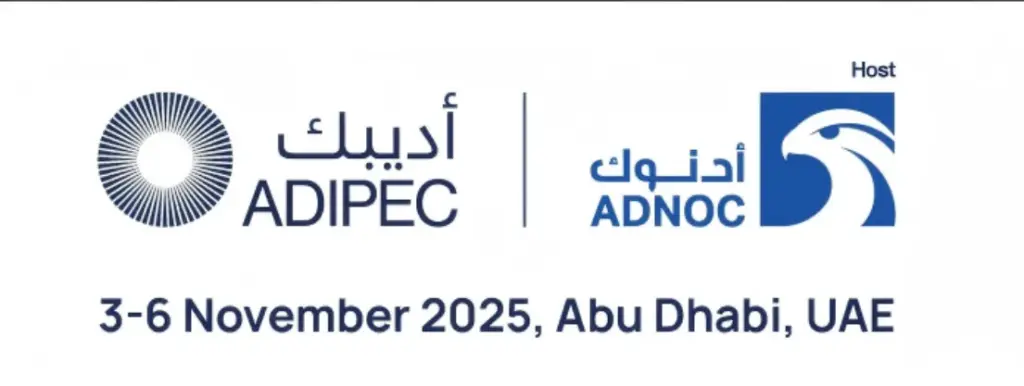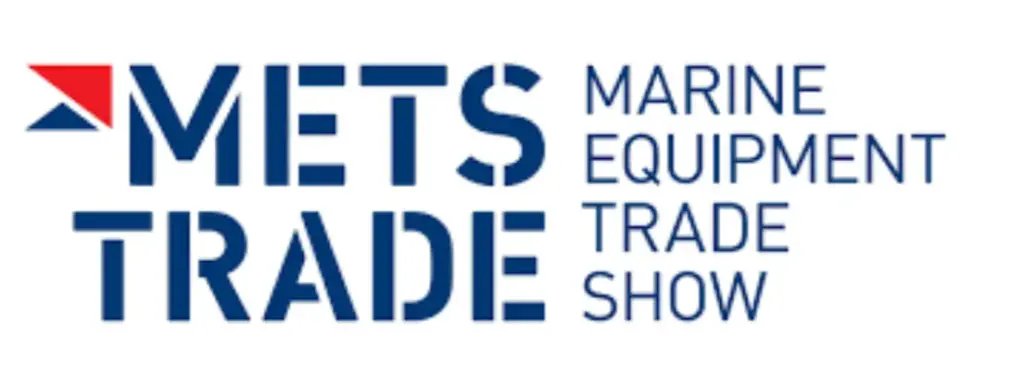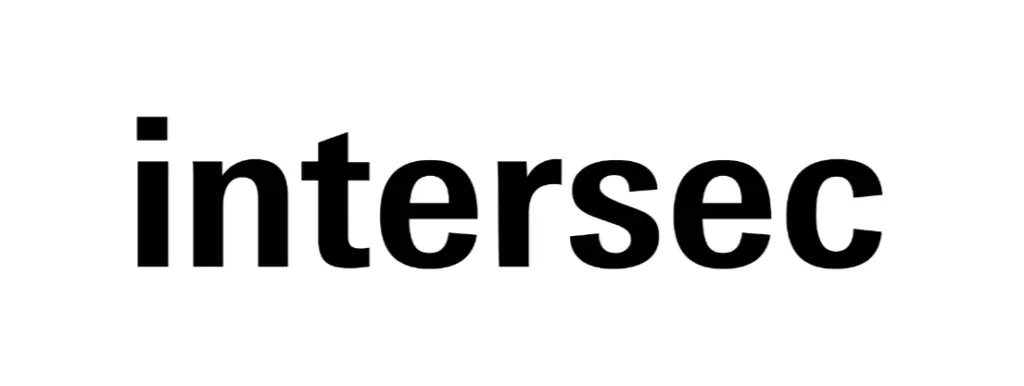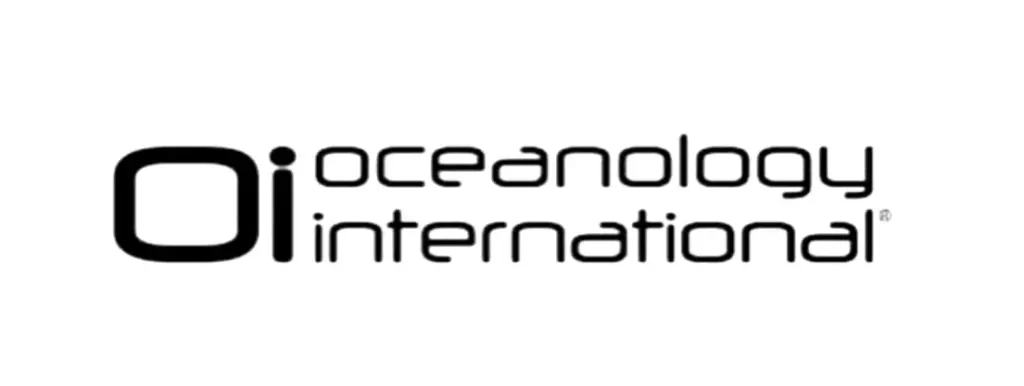Inspiring Maritime Autonomy
OceanAlpha develops advanced Uncrewed Surface Vessel solutions engineered to elevate nearshore and offshore operations — enhancing efficiency, strengthening safety, and enabling sustainable ocean exploration.
Trusted By Partners And Users Around The World
• Geophysical Exploration
• Shallow Seabed Exploration
• Hydrographic Survey
• Offshore Wind
• Oil & Gas Pipeline Inspection
• Environmental Monitoring
With quick deployment capabilities, OceanAlpha’s USVs significantly improve efficiency and reduce operational costs, all while minimizing environmental impact and easily accessing remote or difficult-to-reach areas, making them an ideal choice for superior, safe, and sustainable ocean survey operations.
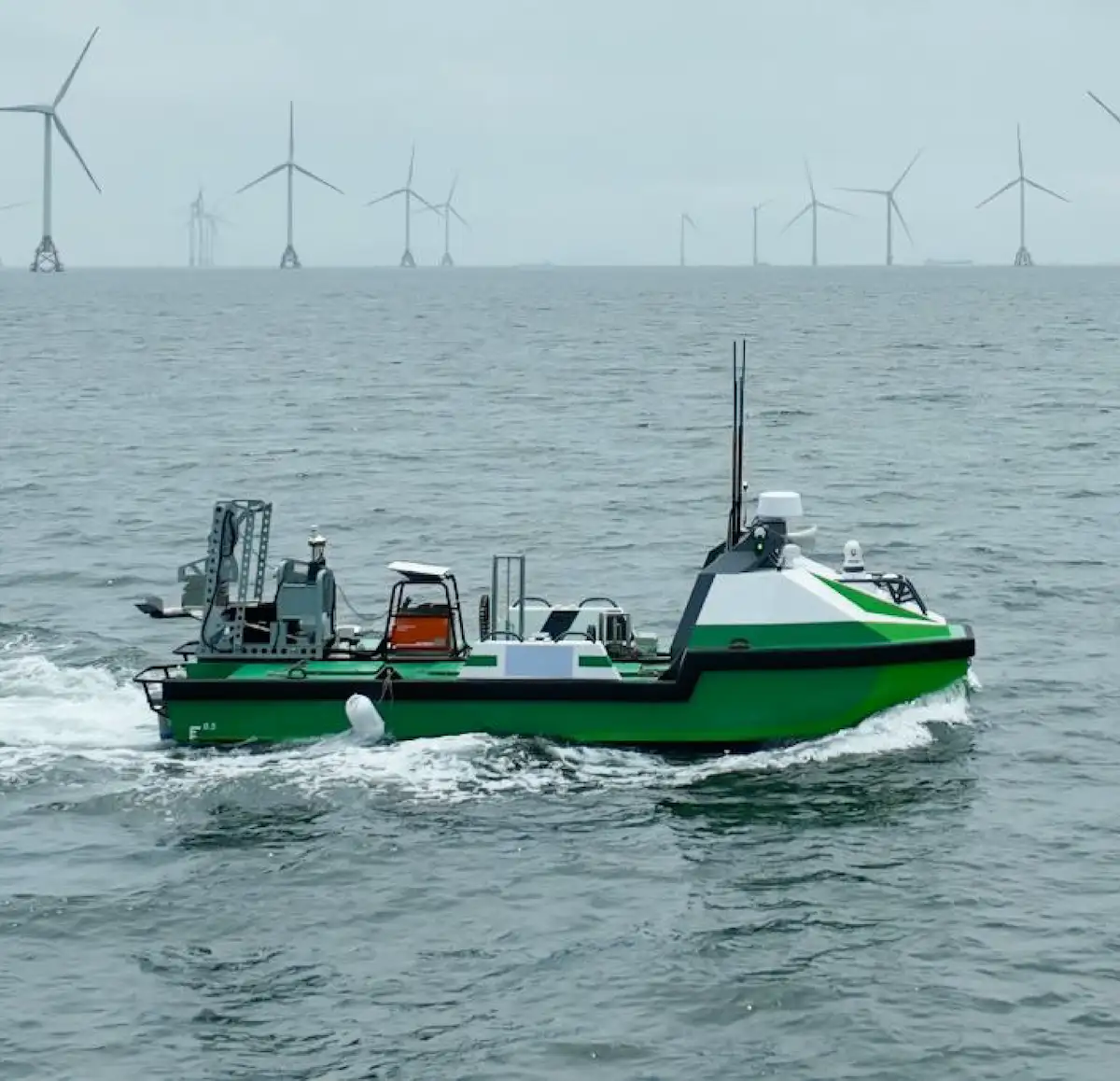
• Water Quality Monitoring
• Bathymetric Survey
• Flow Measurement
• Hydrographic Survey
• Underwater Object Detection
With unmatched portability, versatility, and intelligence, OceanAlpha’s USVs are setting new standards in inland water surveys. By integrating state-of-the-art technology, OceanAlpha’s USVs deliver actionable insights, driving sustainable and efficient inland water exploration.
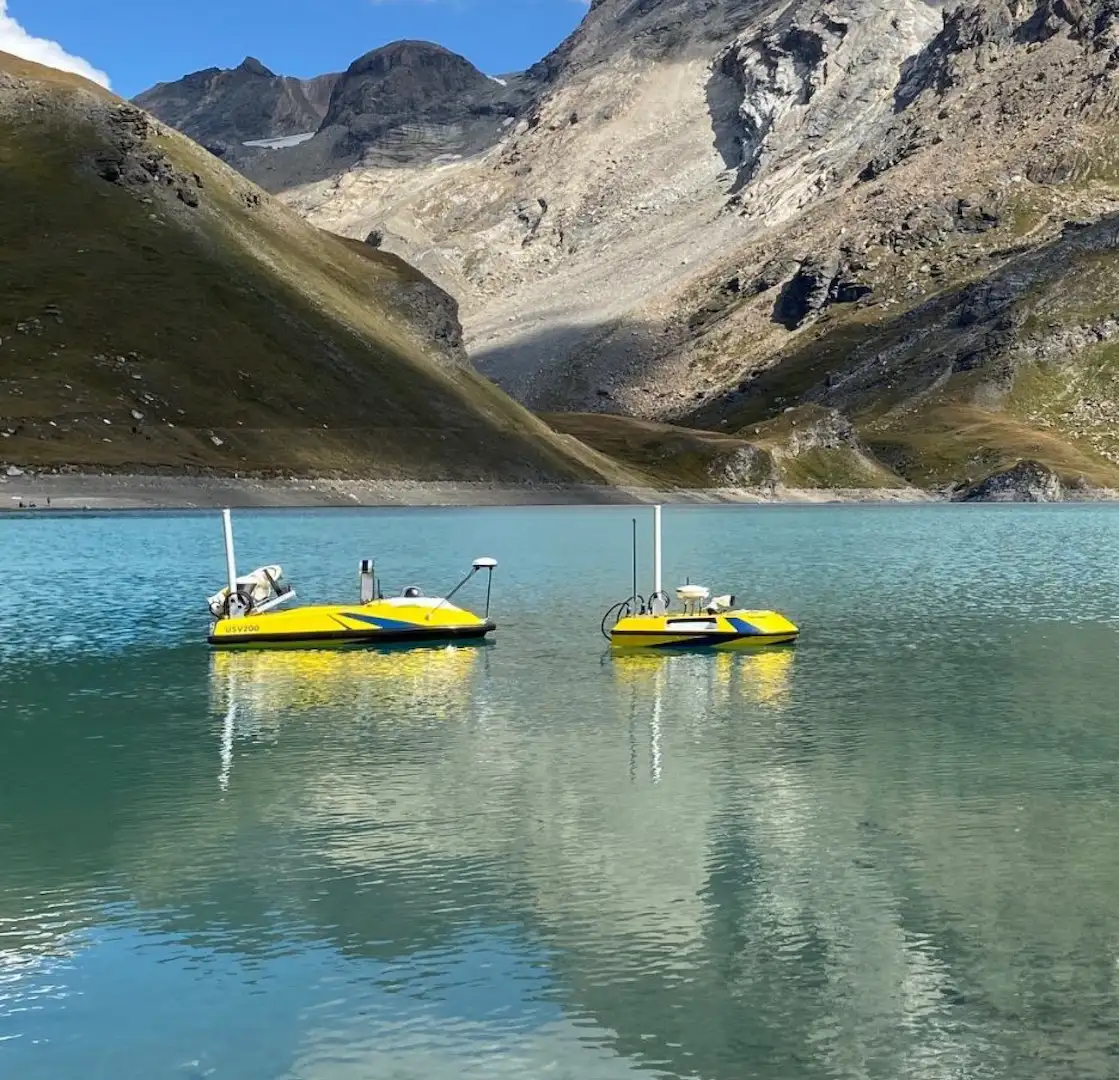
• Pool Rescue
• Beach Rescue
OceanAlpha's Dolphin 3 water rescue robot represents a quantum leap in water rescue technology. This intelligent, self-propelled rescue device delivers unparalleled speed and precision, reaching distressed swimmers 3x faster than even Olympic-level athletes.
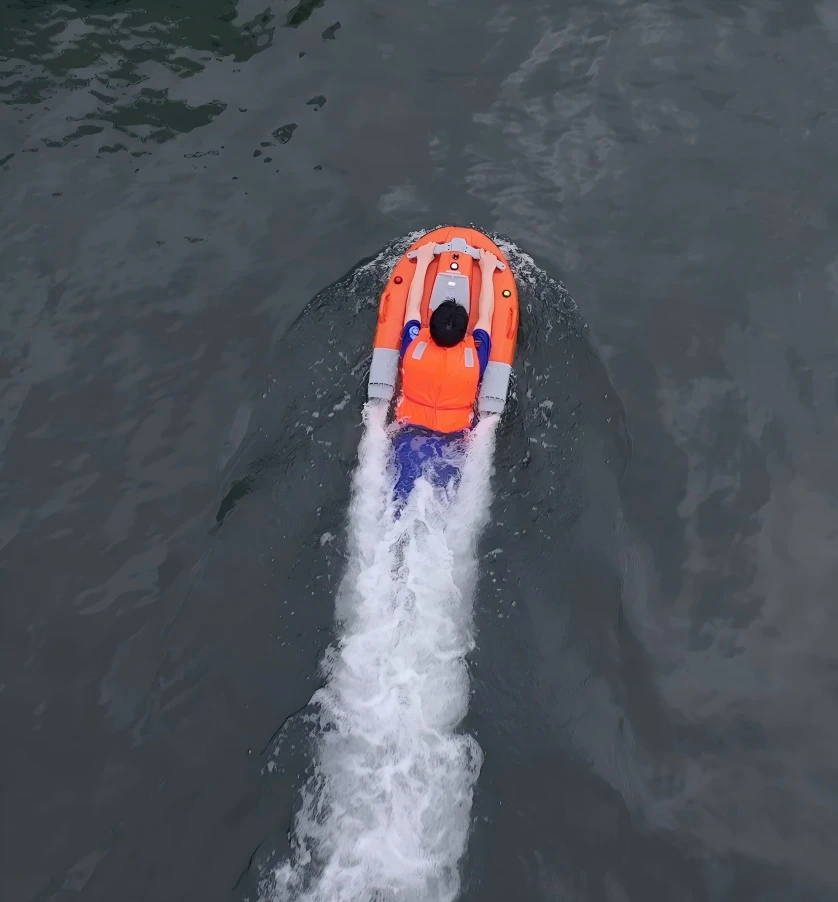
• Target Tracking
• Night Surveillance
• Logistics
OceanAlpha USVs redefine maritime security with cutting-edge technology—autonomous patrols that transcend human limits, intelligent tracking that pinpoints targets with precision, stable evidence collection that captures critical details, and 24/7 vigilance without blind spots.
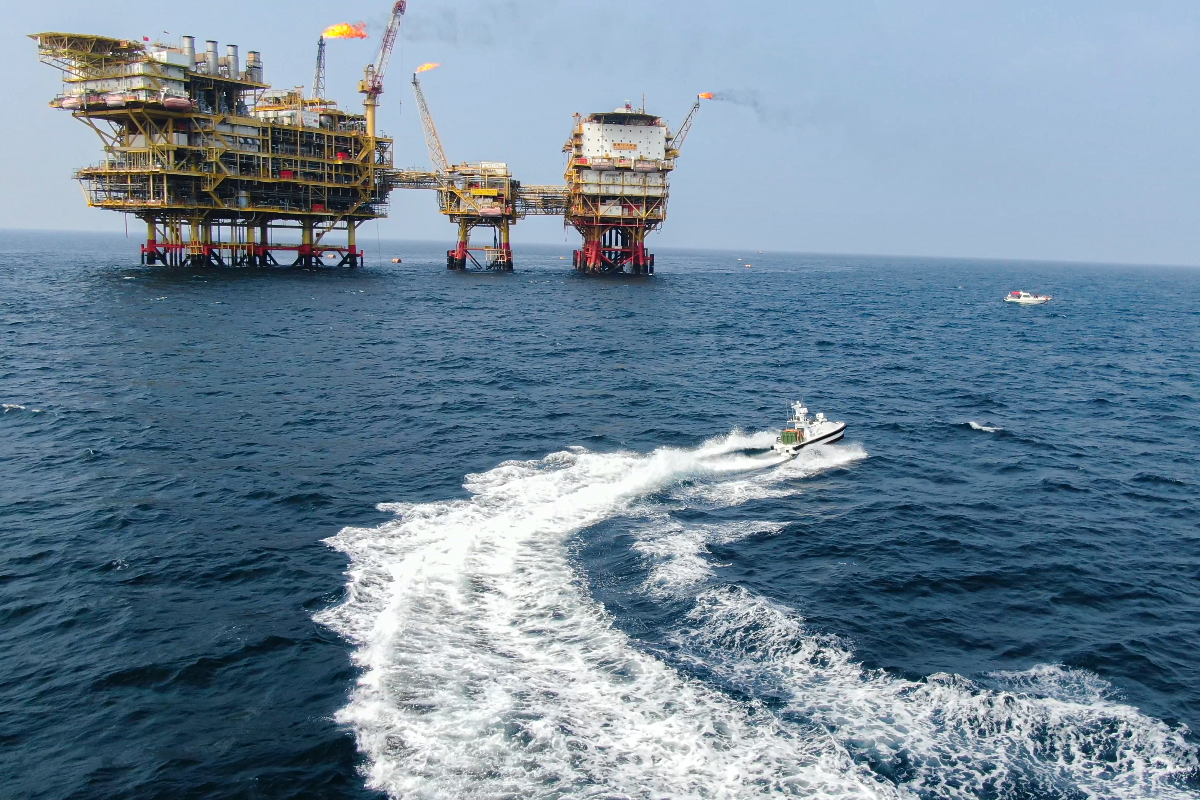
• Coastal Waterway Firefighting
• Ports Firefighting
OceanAlpha's Fire Conqueror is a high-performance Unmanned Surface Vehicle (USV) engineered to dominate marine fire emergencies.
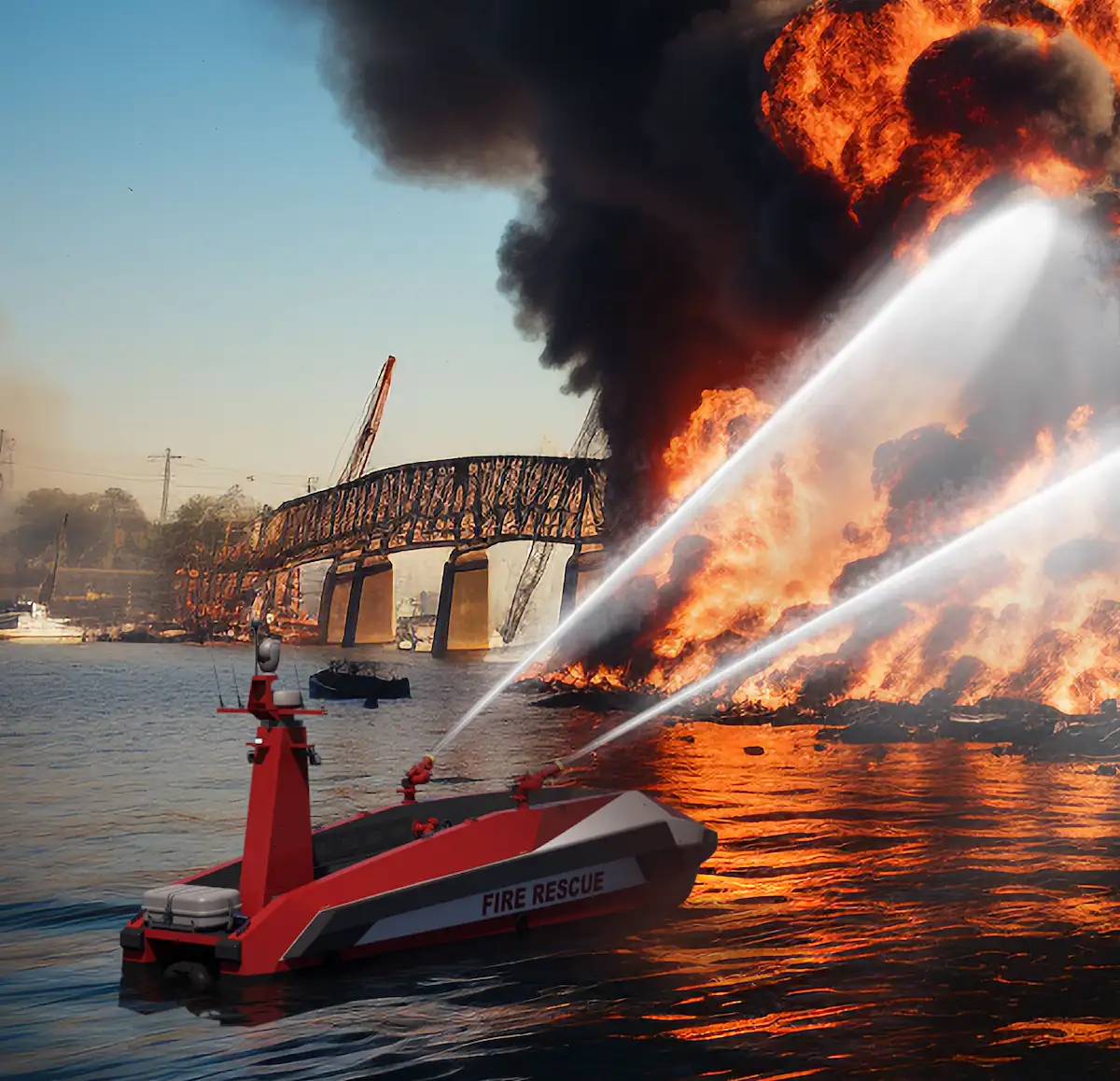
Application Cases
L25 USV Fleet Conducts Coordinated Survey Off Guangdong-Hong Kong-Macao Greater Bay Area
Learn MoreOceanAlpha USV applied in the Hydrographic Survey of the Hamburg Port.
Learn MoreL25 USV Conducts Multibeam Mapping for Hong Kong-Zhuhai-Macao Bridge Infrastructure Monitoring
Learn MoreCNOOC Oil and Gas Platform Material Transport and Security Patrol by OceanAlpha USV
Learn MoreDiscover More OceanAlpha Applications and Success Stories
Learn More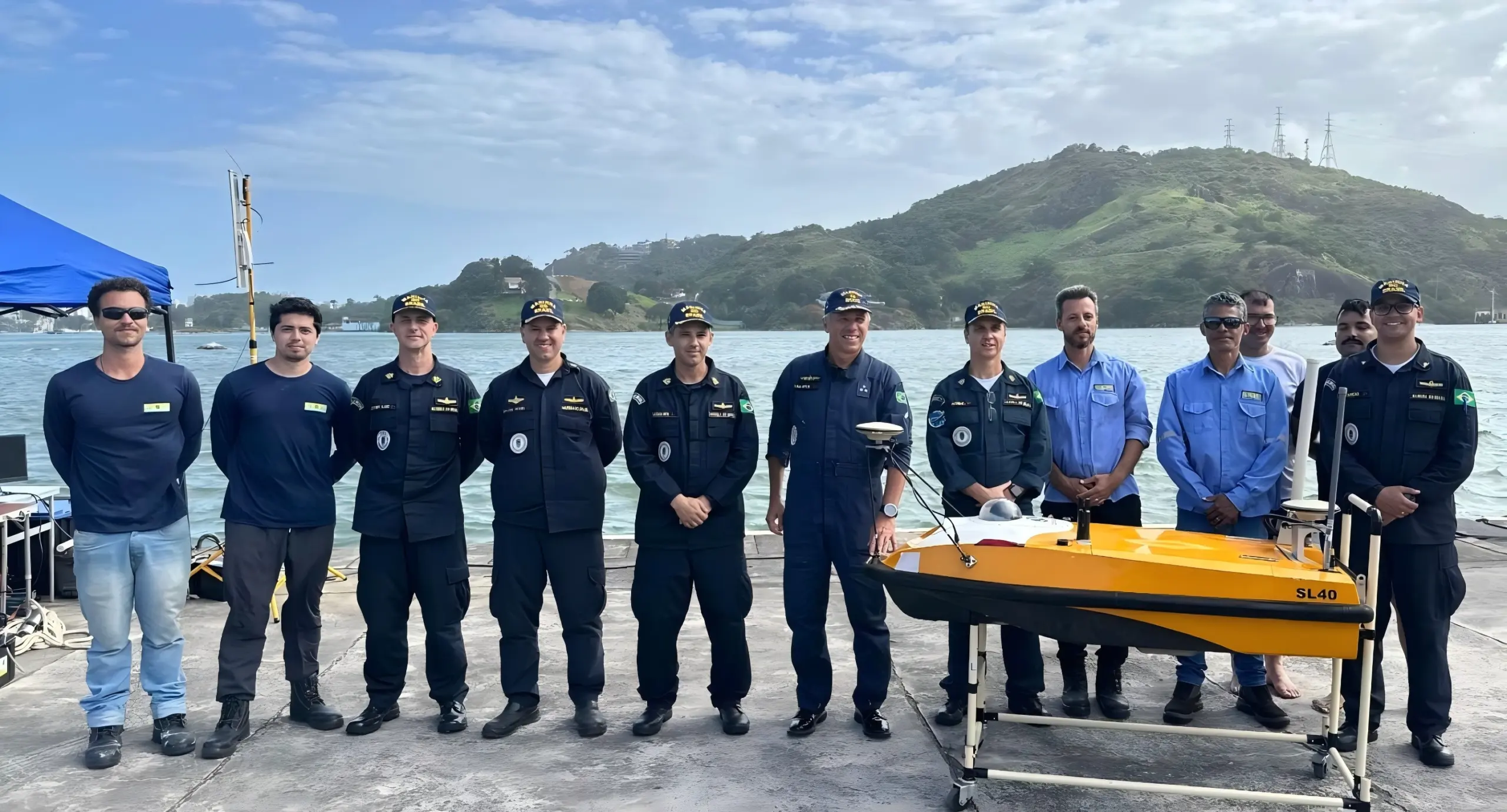

Why OceanAlpha?
OceanAlpha was founded in 2010 as a manufacturer of Uncrewed Surface Vehicles (USVs) and has since grown to over 400 staff with offices in mainland China, Hong Kong, Singapore, and Qatar. OceanAlpha is committed to driving innovation in autonomous technologies, delivering intelligent, efficient, and reliable solutions that enhance safety and performance for the industry.


